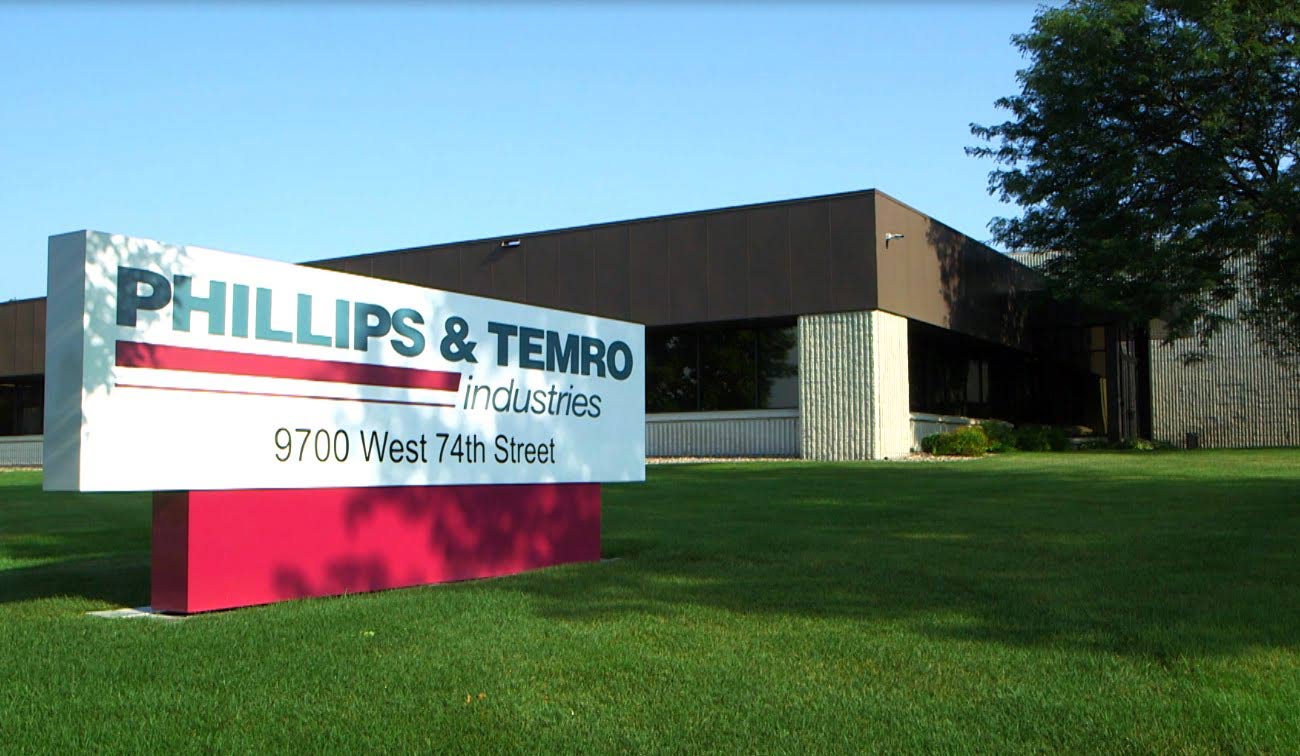Trail Talk
Well-known member
Shut off valves between the two circuits should be installed and easily accessible.
Yes, we still retain valves to isolate truck and camper.
Shut off valves between the two circuits should be installed and easily accessible.
Our Summit was at Lite Industries this week for what is hoped to be the final fix for our hydronics. Although it is a very nice 4hr round-trip drive in the country (and coming from farming roots, I really mean that), we are hoping this sixth time is the charm. The solution is simple and straightforward; the vent cap on the high-point fill tank in the cabin was replaced with a non-venting cap, leaving the only vent in the system at the truck's coolant tank. Pressure is equalized by a small-orifice venting tube between the high-point tank and the coolant overflow tank at the bottom of the system (dotted orange line). In addition, a leaking ball-valve was replaced.
As mentioned by others, the risk is that a leak anywhere in the system will affect both truck and cabin coolant levels. OTOH, truck coolant level is easily monitored and 21 litres is a lot to spill without noticing ;-)
View attachment 654170

 phillipsandtemro.com
phillipsandtemro.com
Looking at the diagram, with all valves open and the truck running it should be pushing hot coolant through the hot water heat exchanger.

Water takes the path of least resistance so there won't be many BTUs making to the HW exchanger.This was sketched out by the fellow who installed the hydronics at OEV and I've added the coloured bits to help me understand it better. While on the truck circuit, its not clear to me how the coolant is diverted to the heat exchanger at the point circled in red?
View attachment 656237
Where is the vehicle radiator in the diagram? Is it with the "truck"? or is it with the cabin blower?This was sketched out by the fellow who installed the hydronics at OEV and I've added the coloured bits to help me understand it better. While on the truck circuit, its not clear to me how the coolant is diverted to the heat exchanger at the point circled in red?
View attachment 656237
We took BLITZEN to Banff National Park for the week and enjoyed warmer conditions. The x-country ski trails are melting out fast and what is left is pretty icy. Nevertheless we had a great time skiing an area adjacent the Lake Louise ski hill that just reopened after a two year closure.
View attachment 649339
After a couple of nights at Lake Louise we drove to Banff and the superb Tunnel Mountain campgrounds. It was very quiet and we shared hiking trails and viewpoints with only the elk.
View attachment 649340
We have a winter ritual of snowshoeing up Sulpher Mountain's backside and down the front but this year, after walking a couple of miles to the trailhead, we found it closed! Turns out they are hauling and burning deadfall. So instead we hiked up and down the front tourist route under the gondola. In previous years one could get a free ride down if you walked up, but under new ownership and after extensive, expensive renovations the one-way ticket down was $25/person!! The cafeteria where you could enjoy your pack lunch while admiring the view is now a chic restaurant with reservations required. Ah, Banff....
View attachment 649341
After several trips this winter in the OEV Summit, we've become very comfortable with its features and layout. The combination of our F350 cab/chassis and OEV's integrated cabin remains a pleasure to drive in all road and weather conditions. The extreme cold experienced during the Polar Vortex event in February confirmed that the Summit is completely suitable for such severe weather. We did discover a few locations of thermal bridging which created interior frost build-up and will have to give some thought to a remedy before any extended winter travels.
View attachment 649343
The one issue that continues to annoy both OEV and us is the hydronics. OEV has attempted to remedy the issue and incremental improvements have been made. We still have a leak from the coolant overflow tank and, with this trip, one of the 2-way ball valves. OEV discovered early on that the truck engine produces more pressure than the Webasto, which is the apparent cause. At this point, it now leaks only in one scenario: when the truck circuit is used to heat the cabin's interior while driving down the road. If I reverse the situation and use the Webasto to pre-heat the truck engine, no leak. If I close off the truck circuit completely and heat the cabin with the Webasto, no leak. So I'm curious to hear from anyone else with hydronics experience - any leads or suggestions I can pass on at our next service trip?
View attachment 649344
A post-trip wash always feels good. The winter studded tires have been exchanged for summer Method 701HD rims and BFG T/A KO2 tires. We also had Bushmaster front OE-style flares installed, along with Ford's plastic inner fender liners and front Gatorback mud flaps. Also considering swapping out the front air dam for a smaller version from the 2WD models but, knowing we will rack up more miles on highways than back roads, hesitate because of the possible effect on fuel economy. If it takes a bashing this summer, we can make the call.
Where is the vehicle radiator in the diagram? Is it with the "truck"? Correct
With this setup the cabin hot air blower is not part of the cabin heat loop. I see it, follow the orange circuit. I certainly blows hot air!
Sorry I read Cabin Blower as "cab" blower.
I think the "T" should be before the cabin blower.
Try removing the cabin overflow/expansion tank from the system, it is not needed. As long as you only close one valve to the engine loop when using the Webasto while parked coolant can expand into the engine loop and engine expansion tank without circulating through the engine loop.
It does not need to be an overflow tank.Sometimes an extra tank is added for thermal mass to reduce the on/off/on cycling time.
It does not need to be an overflow tank.
Before the OP starts rebuilding the system, adding pumps and heat exchangers, it is worth it to just remove the camper expansion tank and see if that fixes the problem. Again only close one valve to the truck side to allow the camper loop to expand into the truck loop. If the system then runs leak free but short cycles he can add volume with a sealed tank or a nice heated towel bar.
The OP has already stated the cabin tank is expansion/overflow without recovery.I'd figure if the coolant tank is an expansion or a recovery / overflow tank before removing it.
